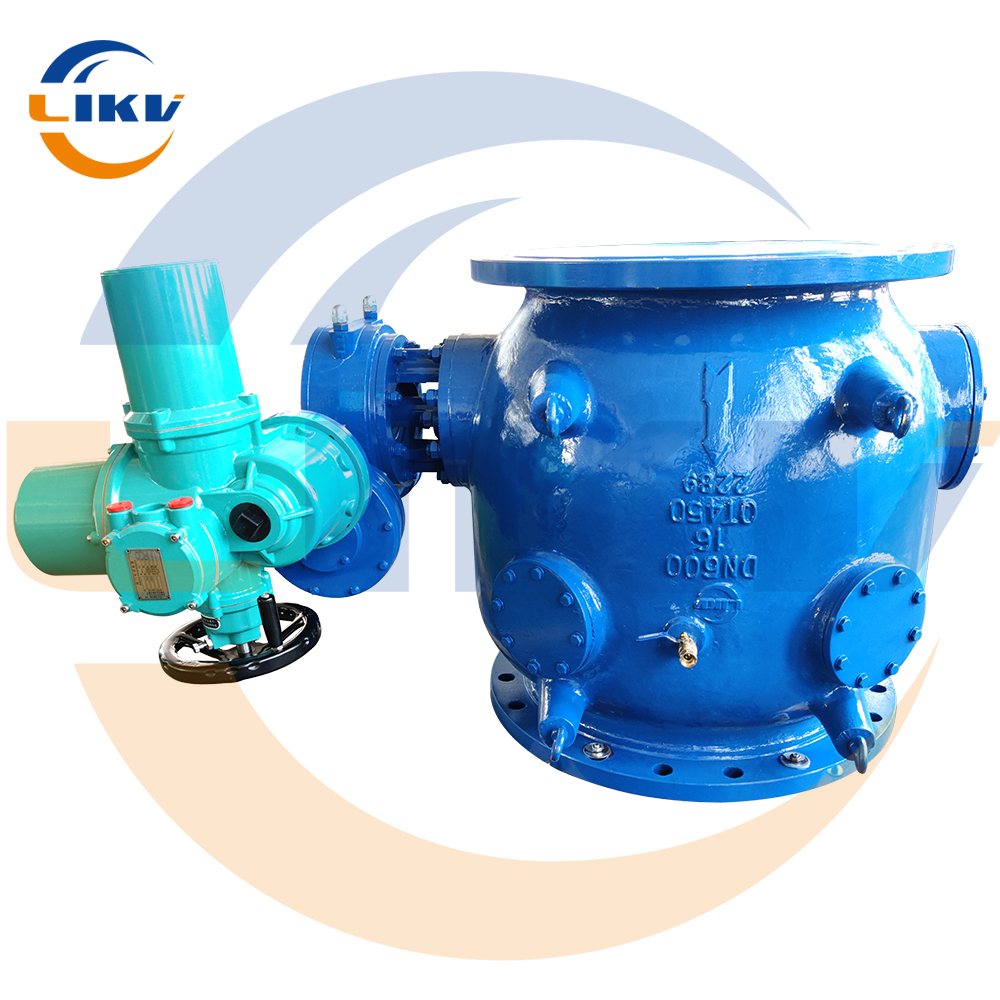Principle and classification of regulating valves

Regulating valve is a common control fluid flow device, widely used in industry, chemical, petroleum, tap water, natural gas and other fields. The regulating valve is based on the principle of differential pressure regulation, which makes the flow of fluid reach a predetermined value by controlling the differential pressure of the medium. The regulating valve can also change the parameters of the control system to realize the adjustment of flow, liquid level, temperature and other parameters, so as to realize the automatic control of the process.
The classification of regulating valves can be divided into multiple types according to different working conditions, as shown below:
1. Pressure regulating valve: used to adjust the pressure in the pipeline, mostly used in chemical industry, petroleum and other fields.
2 temperature control valve: suitable for adjusting the temperature of the medium, common in hot water systems, heaters, etc.
3. Liquid level control valve: used to achieve liquid level control and regulation, often used in water treatment, chemical industry and other fields.
4 flow control valve: mainly used to adjust the flow of the pipeline, widely used in chemical, pharmaceutical, food and other fields.
5. Direction control valve: used to adjust the flow direction of the fluid, usually used for shunt and confluence operation.
According to different structural forms, regulating valves can be divided into the following types:
1. Gate type regulating valve: composed of movable ram and gasket. When the ram moves along an axis perpendicular to the direction of fluid flow, the area of the channel can be changed, thus changing the flow size.
2. Diaphragm type regulator: composed of diaphragm, seat and driving mechanism and other components. When the diaphragm is subjected to medium pressure, it fits into the seat to prevent medium leakage, thus achieving flow control.
3 pneumatic control valve: composed of gas cylinder, gas control valve and operating mechanism and other components. The piston and disc are offset along the axis by the input of different pressure signals to achieve flow control.
4. Electric regulating valve: composed of motor, reducer, clutch, valve, control instrument and other components. Through the motor drive valve cover rotation, the flow can be adjusted.
In general, regulating valve in industrial control, process control and security fields and other aspects have a wide range of applications, its variety, gradually toward intelligent, automation, to improve industrial production efficiency, reduce environmental pollution and protect personnel safety and other aspects have important significance.
Post time: May-19-2023




